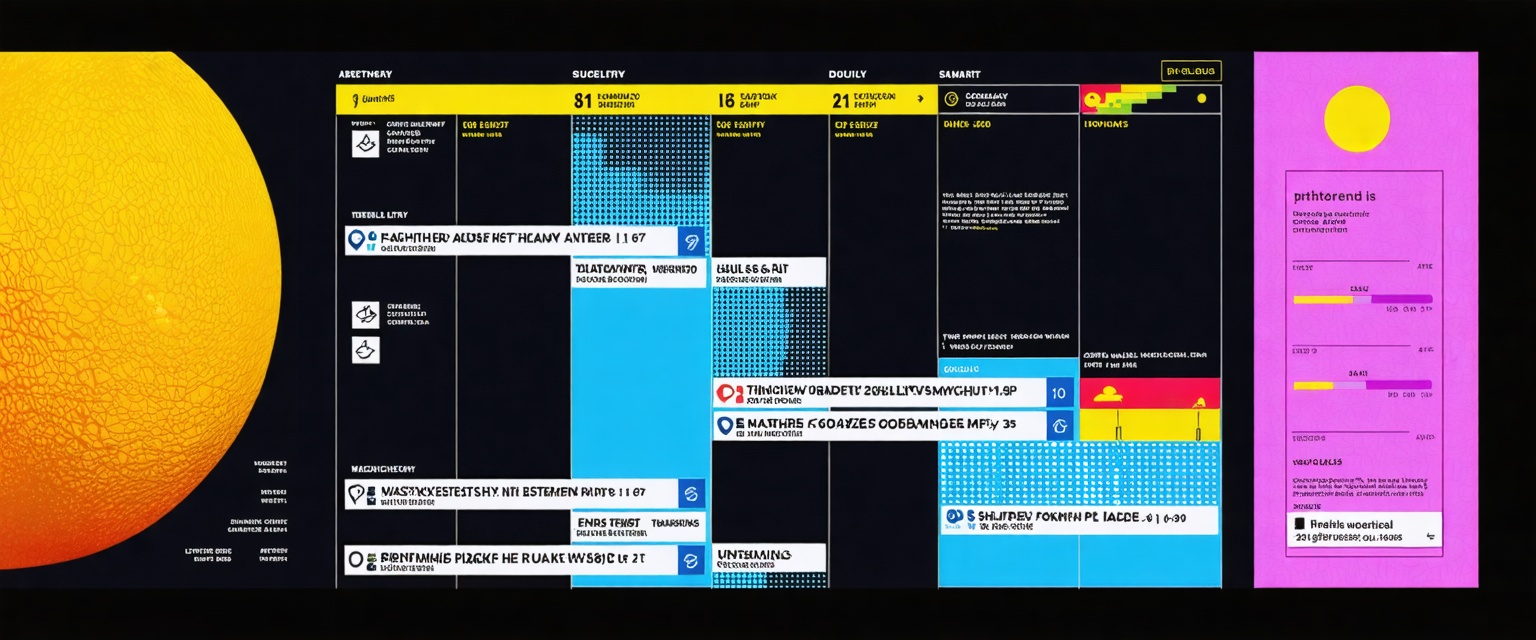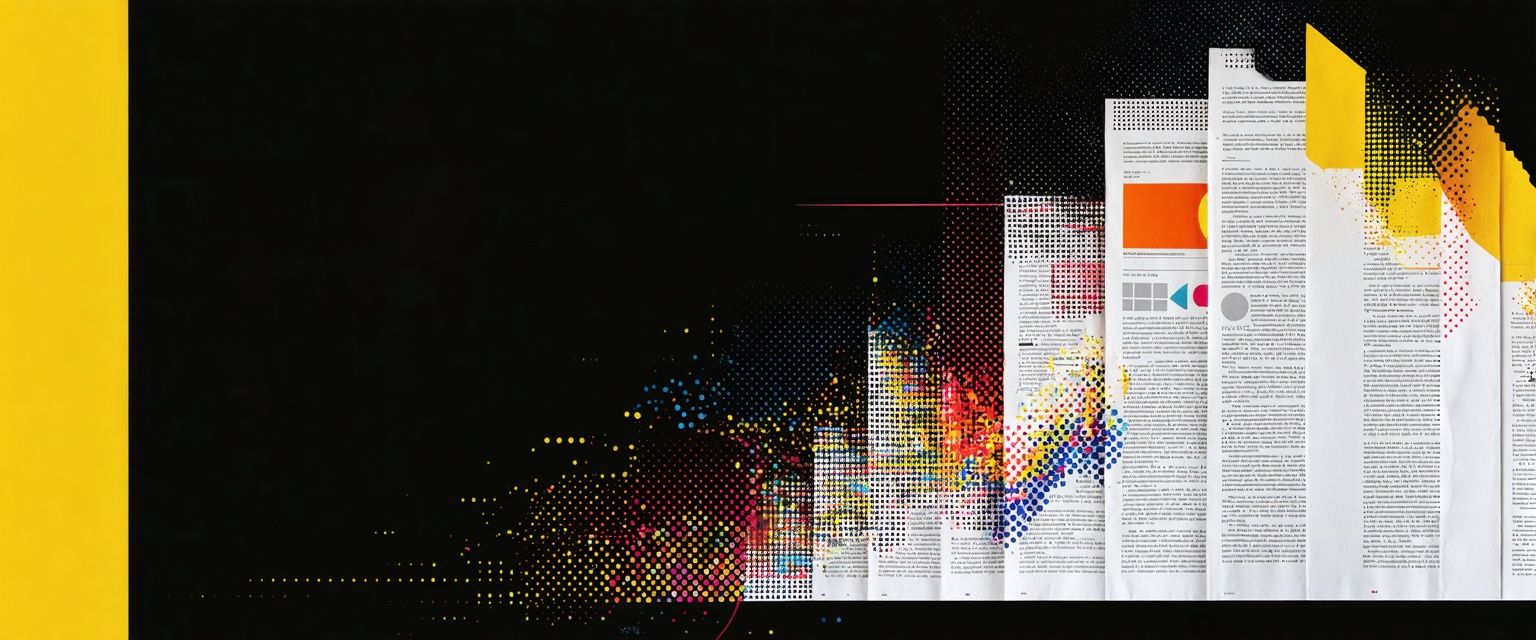All Posts
Construction - AI-Powered Project & Workflow Automation
How AI Agents are Revolutionizing Submittal Cross-Checking

Discover how AI agents streamline submittal cross-checking, improving accuracy and efficiency. Reduce manual verification, prevent costly errors, and enhance compliance effortlessly.
Managing the overwhelming volume of critical "plans and specs" is a key problem facing contractors and subcontractors today. Understanding how AI agents cross-check submittals and drawings can revolutionize your approach to these essential documents, as AI optimizes construction tasks to improve efficiency and accuracy.
These comprehensive working drawings and thousand-page Project Manuals form the backbone of quality control and compliance. Knowing how AI agents cross-check submittals and drawings can be the difference between success and failure.
Understanding AI Agents
AI agents are intelligent systems that analyze data, make decisions, and execute tasks autonomously. Unlike traditional rule-based automation that follows fixed commands, AI agents process both structured and unstructured data in real-time, adapting their decisions to changing conditions, enabling them to automate document management in construction.
Think of AI agents as digital assistants that don't just follow instructions but can reason about their environment, make decisions based on multiple factors, and learn from experience—much like a human might approach problem-solving, but with the ability to process vast amounts of data simultaneously.
Definition and Types of AI Agents
At their core, an AI agent is a program designed to perform tasks or make decisions autonomously using intelligent automation. What separates AI agents from simpler automated systems is their ability to perceive their environment, process information contextually, and adapt their behavior based on changing circumstances.
AI agents come in several varieties, each designed for specific types of decision-making and automation needs:
- Model-Based Reflex Agents: These maintain an internal model of the environment, allowing them to make informed decisions by referencing past states rather than reacting purely to immediate inputs.
- Goal-Based Agents: These make decisions focused on achieving a predefined goal, evaluating multiple options to determine the most effective course of action.
- Utility-Based Agents: These evaluate different factors and trade-offs to determine what action is best to achieve the objective, often weighing competing priorities.
- Learning Agents: These continuously improve their performance using machine learning and feedback loops, adapting strategies based on real-time data and past experiences.
- Multi-Agent Systems: These consist of multiple AI agents working collaboratively or competitively to achieve complex objectives, often used in distributed computing environments.
- Hierarchical Agents: These operate within a structured framework, where higher-level agents oversee and coordinate lower-level agents to optimize task execution.
Each type plays a crucial role in automating workflows, enhancing decision-making, and improving operational efficiency across various industries. The distinction between traditional AI and what's sometimes called Agentic AI is important—while traditional narrow AI systems excel within well-defined problem areas, agentic AI systems can operate more independently, adapting to new scenarios and sometimes even setting their own objectives.
This combination of capabilities allows AI agents to integrate multiple data sources, identify patterns, detect anomalies, evaluate multiple scenarios, and determine the most effective course of action—all with minimal human guidance.
The result is a system that can handle complex workflows autonomously, enabling businesses to automate operations that previously required significant human judgment and oversight.
How AI Agents Cross-check Submittals and Drawings
AI agents are changing how construction and engineering teams handle the tedious but crucial task of cross-checking submittals against technical drawings. Understanding how AI agents cross-check submittals and drawings can transform this process, once entirely manual and error-prone, through sophisticated AI methodologies that combine multiple technologies to create a seamless verification workflow.
Core Technologies Powering AI Cross-checking
The foundation of AI-powered cross-checking lies in the integration of several complementary technologies:
Computer Vision and OCR Integration
AI agents use advanced computer vision algorithms alongside Optical Character Recognition (OCR) to process construction drawings with remarkable precision. This powerful combination allows systems to automatically detect and label critical elements such as walls, doors, windows, rooms, dimensions, and material specifications without human intervention.
The OCR component specifically handles text extraction, identifying important numerical data like measurements and textual information such as material specifications. Meanwhile, computer vision algorithms recognize the visual elements, symbols, and structural components that would traditionally require manual markup by experienced professionals.
This integration ensures that essential details like room measurements, wall placements, and door orientations are consistently captured and documented, creating a comprehensive digital representation of the drawing information.
Drawing Type Detection Methodologies
Before processing any document, AI agents must first identify what type of document they're examining. Modern systems utilize a combination of computer vision and natural language processing (NLP) to automatically detect drawing types by:
- Analyzing and extracting metadata from the document
- Processing information from title blocks
- Recognizing standard formatting patterns specific to different drawing types
- Identifying industry-specific symbols and notations
This automatic categorization helps streamline the document workflow and ensures that the appropriate analysis methods are applied to each document type.
The Cross-checking Process Flow
Understanding how AI agents cross-check submittals and drawings involves a systematic approach:
1. Information Extraction and Digitization
The first step involves converting all relevant information from both submittals and drawings into structured digital data. AI agents extract:
- Text data including specifications, measurements, and annotations
- Visual elements such as symbols, components, and structural features
- Labels and annotations that provide context and requirements
- Geometric dimensioning and tolerancing (GD&T) data
This extraction process creates a comprehensive digital dataset that represents all critical information contained in the original documents.
2. Data Normalization and Standardization
Once extracted, the information must be normalized to enable accurate comparison:
- Measurements are converted to consistent units
- Technical terminology is standardized
- Material specifications are formatted uniformly
- Component identifiers are harmonized
This normalization process is crucial because submittals and drawings often use slightly different terminology or formatting conventions, which would complicate direct comparison without this intermediary step.
3. Automated Cross-reference Verification
With normalized data, AI agents can now perform the actual cross-checking:
- Components in submittals are mapped to their counterparts in drawings
- Specifications are compared against requirements
- Measurements are verified against design parameters
- Material properties are evaluated against design specifications
The AI identifies discrepancies by flagging any mismatches between submittal information and drawing requirements, creating a comprehensive report of potential issues that require human review.
Enhancing Accuracy Through Advanced Techniques
The effectiveness of AI cross-checking has improved dramatically through several refinements to the core methodology:
Feature Extraction for Comprehensive Comparison
Modern AI systems go beyond basic text recognition to perform sophisticated feature extraction. This capability is particularly valuable for cost assessment, as it allows for precise quantification of components and materials, ensuring that estimates are based on comprehensive data.
Hybrid AI-based Approaches
The latest research indicates that hybrid approaches combining multiple AI techniques yield superior results. These hybrid systems typically combine:
- Deep learning for pattern recognition
- Machine learning for adaptive improvement
- Rule-based systems for industry-specific knowledge
- Natural language processing for contextual understanding
This multifaceted approach enables AI agents to handle the complexity and variability inherent in construction documentation.
Continuous Learning and Adaptation
Modern AI cross-checking systems incorporate feedback mechanisms that enable continuous improvement:
- Corrections made by human reviewers are incorporated into the learning model
- Industry-specific terminology and standards are progressively learned
- Common error patterns are identified and specifically addressed
- Document format variations are recognized and accommodated
This adaptive capability means that the system's accuracy improves over time, particularly when deployed within a specific organization with consistent document formatting and terminology.
Integration with Existing Workflows
For AI cross-checking to be practical, it must integrate seamlessly with existing construction workflows. Current systems achieve this through API connections to common construction management platforms, support for standard document formats including PDF, JPEG, and TIFF, compatibility with digital markup tools, and integration with approval workflows and notification systems.
This integration ensures that teams can adopt AI-driven technology without disrupting established processes, allowing for incremental implementation rather than wholesale workflow changes.
The evolution from manual document processing to advanced AI-driven cross-checking represents a significant advancement in construction document management.
Benefits of AI Agents in Document Management
Document management has traditionally been a labor-intensive and error-prone process across industries. The integration of AI agents is transforming this landscape, offering significant improvements in accuracy, efficiency, and error reduction. Let's explore how these intelligent systems are revolutionizing document workflows.
Enhanced Accuracy in Document Processing
AI-powered document review significantly improves the accuracy of document processing through advanced algorithms capable of parsing complex datasets with minimal errors. This enhanced precision is particularly valuable when dealing with critical business documents.
AI agents excel at analyzing large volumes of construction documents to identify key terms, clauses, and data points, making it easier to review contracts and ensure regulatory compliance. They can automate contract comparison, swiftly identifying differences between contract versions and assessing risk factors.
Through Natural Language Processing (NLP) technology, these systems can interpret complex text and flag inconsistencies or risks that might otherwise be overlooked by human reviewers, leading to more reliable document management outcomes.
The accuracy benefits extend to data validation as well. Modern AI tools automatically check data against pre-set rules to detect duplicates, enforce consistent formatting, identify logical errors, and maintain compliance with data standards—all happening almost instantaneously and preventing incorrect information from entering your systems.
Improved Efficiency Through Automation
AI agents dramatically improve efficiency by automating repetitive tasks that previously consumed valuable human hours. This automation spans various document management functions:
- Document Classification and Tagging: AI automatically categorizes and tags documents, making retrieval faster and more intuitive.
- Information Extraction: AI tools can efficiently extract critical information from documents regardless of format. This includes the ability to process everything from handwritten forms to structured documents like invoices and receipts, automatically organizing the extracted data into standardized formats.
- Streamlined Workflows: By centralizing all project-related files, AI-driven document management enhances collaboration by ensuring teams can access the latest versions of documents in real-time. This significantly reduces delays caused by miscommunication and improves overall project execution.
The time savings are substantial. Teams freed from mundane document processing tasks can redirect their energy toward more creative and strategic activities that drive business value.
Significant Reduction in Human Errors
Perhaps one of the most compelling benefits of AI agents in document management is their ability to minimize human errors. Manual document handling is inherently vulnerable to mistakes such as misfiled documents, inconsistent naming conventions, and overlooked data fields—all of which can derail organizational efficiency.
Unlike humans whose attention may waver, AI applies the same level of scrutiny to every document, every time. AI systems excel at cross-checking submittals and drawings, adding layers of verification that were previously labor-intensive and error-prone. AI can identify unusual patterns or outliers in documents that might indicate errors or issues requiring human review.
The evolution from manual data entry to automation represents a significant leap forward. Historical approaches relied heavily on human labor to handle machine-printed documents, which inevitably introduced errors. The advent of Optical Character Recognition (OCR) technology marked an important first step, but today's AI solutions have taken document processing to new heights of reliability.
How Agentic AI Simplifies Submittal Cross-Checking
Construction project management involves juggling numerous complex tasks, from document reviews to safety inspections and budget tracking. Agentic AI technology is revolutionizing how these tasks are managed by offering autonomous, intelligent solutions that boost task automation and drastically reduce manual work.
Unlike traditional automation tools that follow rigid, pre-programmed instructions, Agentic AI systems operate with three key characteristics:
- Autonomy: These systems can initiate and complete tasks without constant human oversight, handling complex multi-step processes independently.
- Reasoning: Agentic AI possesses advanced decision-making capabilities, weighing trade-offs and making contextual judgments based on project-specific data.
- Adaptability: These systems adjust their goals and plans based on new information and changing conditions, making them ideal for the dynamic nature of construction projects.
Seamless Integration with Construction Systems
Datagrid's platform features over 100 pre-built connectors that allow you to integrate with virtually any construction management software you're already using. Connect core construction tools like Procore, PlanGrid, or Autodesk BIM 360 with project management systems like Microsoft Project and Primavera P6.
You can even link financial systems like Sage 300 or QuickBooks for comprehensive financial tracking. This integration eliminates data silos and creates a unified workflow where information flows automatically between systems. When an RFI response comes in through one system, AI agents can instantly update related documentation across all connected platforms.
Automating Time-Consuming Construction Tasks
AI agents can transform how you handle routine but critical tasks:
- Document Management: These agents analyze incoming submittals, RFIs, and change orders, extracting critical information and routing them to appropriate team members. They can cross-check submittals against drawings to identify discrepancies, potentially preventing costly errors before they impact your project.
- Safety Compliance: By connecting to safety management systems, the platform automatically monitors incident reports, equipment certifications, and worker qualifications. AI agents can perform AI-driven safety audits, triggering alerts for compliance issues, ensuring your team stays on top of safety requirements without constant manual reviews.
- Progress Tracking: AI agents monitor daily reports, photos, and schedule updates across systems, generating automated progress reports and identifying potential delays before they impact the critical path.
- Communication: With integrations to platforms like Slack and Microsoft Teams, important updates such as RFI responses or safety incidents can be automatically routed to the right team members, ensuring swift action and collaboration.
The real power comes from how these agents can extract and process data from complex documents like blueprints, specifications, and safety reports without human intervention. This eliminates hours of tedious manual data entry and reduces the risk of errors that often plague construction projects.
By implementing these agentic AI solutions, you can shift your focus from administrative busywork to high-value activities like client relationship management, strategic planning, and problem-solving on your construction projects.
Simplify Submittal Cross-Checking with Agentic AI
Ready to revolutionize your construction project management with AI-powered automation? Datagrid is your solution for:
- Seamless integration across all major construction platforms (Procore, PlanGrid, BIM 360)
- AI-driven RFP analysis and bid management
- Automated submittal and change order processing
- Real-time project insights and schedule optimization
See how Datagrid can help you increase process efficiency.
Create a free Datagrid account












